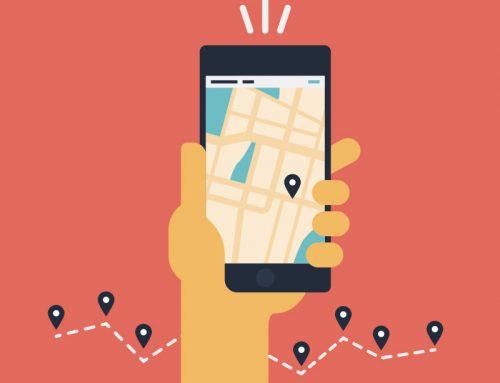Is your WordPress site as secure as you think it is?
Is your WordPress site as secure as you think it is? If you’re like most people, you probably have no idea whether or not the security of your site has been compromised. Hackers can gain access to your website in many different ways, and they usually don’t do it by simply guessing your password; rather, they use their vast knowledge of online security to find vulnerabilities in your website that they can exploit to install harmful software on your server. The following are just a few ways that hackers can compromise your WordPress site
What can happen when your website is hacked
Having malware installed on your website can seriously damage your online reputation, and cause you a lot of money if people make purchases or subscribe to newsletters on that site. Malware could even steal sensitive information like credit card details and passwords, putting customers at risk. Because of these dangers, almost every organization will tell you their websites are important parts of their business; they should be protected.
The first step to security
Make sure your computer and network are up to date with security patches. Most viruses are spread through old software that hasn’t been patched for known vulnerabilities, so do a monthly check for updates for Windows, Mac OSX and any browsers.
Password Protected Files
Not many people take full advantage of WordPress’ ability to protect certain files with a password. To use file-level protection, select Permalinks in your Dashboard, hit Save Changes and then click on Permalinks again. Here you will see an option called Save permalink structure together with post. Checking this box will force WordPress to create a .htaccess file that allows for password protected directories and files inside of your website root directory.
Use Two-Factor Authentication (2FA)
Two-factor authentication means that when logging into a specific account (like your WordPress admin area), you’re required to provide two different types of information. The most common form of 2FA requires that after entering a username and password, an additional passcode is sent to another device (phone or computer) belonging to you. This means that even if someone knows your username and password, they won’t be able to access any sensitive areas of your account unless they have access to your additional passcode.
Ip Anonymizers/Tor Addresses
Tor and other hidden service sites can be useful, but they do come with some potential risks. The two biggest security risks that Tor users face are: Malware-infected applications and hidden services. Malware-infected Applications: When using a non-Tor web browser, downloading and executing an infected application from a website that makes use of vulnerabilities in said web browser will almost always infect our machine with malware.
Google DNS vs. OpenDNS
One of the most basic ways to protect your website from hackers and viruses is to have an authoritative DNS provider. By using Google’s public DNS server, or a third-party OpenDNS server, you ensure that any infected computer on their network won’t be able to reach your website and infect it with malware. While not every ISP has access to OpenDNS servers, Google’s servers are completely free and easy to use, so we recommend starting there.
Wordfence Security Plugin for WordPress Sites
This security plugin will help protect your site from malware and hackers, while also removing spam comments and blocking comment spam. It’s constantly updated by thousands of users, so you can be sure that it stays safe and up to date. It’s available for purchase in a monthly or yearly plan.
*Note: In order to use Wordfence, you have to have FTP access to your server. Before signing up with a web host, ask if they provide FTP access.*







